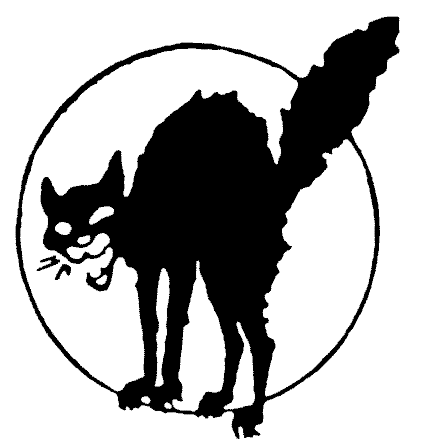Say hello to invasive sea squirts
A colonial sea squirt in the genus Didemnum, which forms extensive sheets overgrowing a variety of substrates and attached organisms, has been found in a number of bays and harbors on the Pacific Coast of North America since 1993. The identity of this species is not yet known. A Didemnum with the same appearance and habits also showed up and spread along the New England coast since the late 1970s, in northern Europe since 1991, in New Zealand since 2001, and has apparently been present in Japan for several decades. How many species are involved in this, and whether they are native or exotic, are matters that are hotly debated by sea squirt taxonomists, and which will probably be resolved only by molecular genetic studies. In the meantime, I will here treat the newly discovered Didemnum species on both North American coasts as a single exotic species, which I will refer to as Didemnum sp. A.
Didemnum sp. A has frequently been reported from bays and harbors on docks, boat hulls, ropes, pilings and other structures. In these situations the colony grows out in sheets that often grow over or fold over and fuse to other parts of themselves, forming irregular lobes that can be cylindrical and rope-like, flat, bulbous or branching and of considerable size, reaching as much as a meter in length. In New England, Didemnum sp. A has also been reported growing on gravelly bottom, forming encrusting mats that overgrow stones, shells and a variety of living organisms. The colonies can be tan, cream, yellow, orange or pinkish. They are most readily distinguished from other colonial sea squirts by their extensively lobed form.
Didemnum sp. A grows subtidally in bays, harbors and coastal waters, on rocks and all kinds of artificial structures, and on gravel and boulders. It has not been reported on mud or sand bottoms that lack gravel or cobbles. It has been observed overgrowing seaweeds, sponges, hydroids, anemones, limpets, oysters, mussels, scallops, barnacles, bryozoans and other species of sea squirts.
And, to further illustrate the point that we are forcing to marine life to become more hardcore, more nasty, there's also this about Didemnum:
Didemnum sp. grows on such marina features, too, and on any hard surface—from plastic to gravel—at apparently any depth. Whitlatch has seen it overgrow sponges, sedentary shellfish, and even sea grasses. The only surfaces it avoids are mud and sand; the only neighbors it respectfully sidesteps are stinging corals and anemones.
The Connecticut scientists worry about the squirt's ecological repercussions. Besides smothering sponges and shellfish, it can bury the small worms, shrimp, and other seafloor animals that nourish fish. There is even concern that Didemnum may make U.S. waters inhospitable to prized, young lobsters.
To better understand the invader, Whitlatch's team has begun rearing it in the lab. These studies have revealed still more novelties.
For instance, most squirts grow faster in the warmest waters in their temperature range. However, within the range that Didemnum sp. prefers, it grows faster in cooler water. Therefore, New Jersey may be the farthest south that this squirt will invade along the East Coast, says Whitlatch, but Canada's so-far-untouched Maritime Provinces are at grave risk. They're just north of Cobscook Bay and have a similar environment.
Although the lack of any apparent predator suggests that mats of Didemnum sp. are well defended, Whitlatch wondered whether young, solo zooids of the species might be vulnerable. So, in the lab, he induced mats of the Didemnum to spawn and then introduced crabs and certain fish renowned for dining on squirts. He now reports, "We have yet to find anything that will eat even these small Didemnum."
Another troubling lab observation: When it ran out of real estate, Didemnum sp. didn't stop growing, as other squirts do.
In a glass tank fed by running water, the Didemnum mat covered the bottom, then grew up a wall. When that, too, was covered, the mat extended onto the underside of the water surface, suspended from a thin layer of bubbles. The colony apparently "used those bubbles as a flotation mechanism. How bizarre," Whitlatch says.

Above: Didemnum sp.




0 Comments:
Post a Comment
Subscribe to Post Comments [Atom]
<< Home